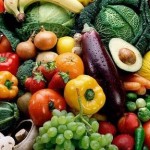Herbal medicine can be a polarizing topic; far more than acupuncture ever was. Acupuncture may have had its detractors in the past, but herbal therapies have always come under fire. So, in this article, we will take a quick look into some of the secrets of herbal therapies, and make a case that, for many people, herbal “medicine” should be used.
Why herbal therapies should have come under such fire is anyone’s guess. I would imagine its a combination of things. Perhaps, it is related to our collective memory of the not so distant past when snake oil salesman abounded. They would claim that some tonic or other would cure what ails us. Maybe some ads for modern herbs and supplements sound a little too similar to that.
Nonetheless, the fact is that mother nature has been the official pharmacy for human beings, and other animals, since the world started turning. In fact, a great book titled Wild Health discusses how animals in the wild will self medicate. If we stop for a moment, and fully reflect on the fact that humans are animals on this planet, it is self evident that we lived in harmony with nature. To survive, we needed to make use of whatever we could find in the environment. That knowledge, of how to tap into mother nature’s pharmacy, has been refined and explained in detail in various traditions.
Ayurveda and Traditional Chinese Medicine are two sophisticated systems of medicine that utilize herbs as medicine for the body, mind, and spirit. Of course, many indigenous systems exist within many cultures. So much herbal wisdom has accumulated, and it can make life so much easier.
Today, I was speaking with a patient here at the clinic and we discussed how empirical health related knowledge manifests in common sayings. An example of this include, “he has a nervous stomach”. Nowadays, science is all about the concept that our gut is like our second brain. Whole books are devoted to the topic ( The Second Brain, Gut Brain Secrets, Mind Your Gut, etc..). But this is not a newly recognized connection. As far back as the 1500s, traditional Chinese medicine was using an herb formula called Gui Pi Tang, which can treat a pattern known as ‘spleen-heart vacuity’. That can include a symptom picture of palpitations, anxiety, digestive disturbance, and so on. This formula might help a person who feels anxious, and when they do it affects their digestive tract, or just the reverse, digestive distress that is often accompanied by psychological symptoms. Either way, we are talking about a clearly identified gut brain connection that was described 500 years ago!! Herbal medicine has a lot to offer.
From a different vantage point, there is the significant cleverness of mother nature. A great example comes from the common female health issue of bladder infections. About 33% of women will have a bladder infection at some point in their lives. Many women who have experienced this will tell you that after treatment with antibiotics, they often end up getting a yeast infection. As the antibiotic kills the pathogenic bacteria, it also tends to kill other helpful bacteria, and yeast can then overgrow. What is eminently interesting is that many herbs utilized to kill the bacteria that cause bladder infections also happen to kill yeast. Thus, after the bladder infection is gone, one isn’t left with the new nuisance of an itchy yeast infection.
We could easily come up with a wide variety of examples as to how valuable herbal medicine is.However, let us close this article by pointing out some general understandings. First, mother nature is very powerful and it would be silly to ignore her healing wisdom. The strongest painkillers modern science has to offer us are based on the humble poppy plant. The first antibiotics came from a common mold.
Second, most of us were raised in urban or suburban environments that were devoid of any direct herbal healing knowledge. Tapping into traditional systems of herbal medicine offers us a way to access this healing wisdom. Combining that with modern research allows us to tackle all sorts of everyday health issues. Herbal medicine may not currently have the answers to all that ails us. But, if you stop and think about, scientists are certainly betting that mother nature will continue to offer up a treasure trove of natural solutions. This is obvious from the fact that scientists are constantly scouring places like rainforests, looking for natural chemicals to be the basis for new life saving drugs. In the meantime, consider making use of herbal medicines offered by properly trained herbalists, acupuncturists, and seeing what health food stores may have!!

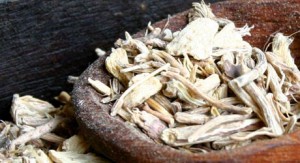 Traditional Chinese Medicine (TCM) is the indigenous medicine of China, which developed over the last 5000 years. It employs three main methods/therapies to restore health to patients: herbal medicine, acupuncture, tui na (massage).
Traditional Chinese Medicine (TCM) is the indigenous medicine of China, which developed over the last 5000 years. It employs three main methods/therapies to restore health to patients: herbal medicine, acupuncture, tui na (massage). 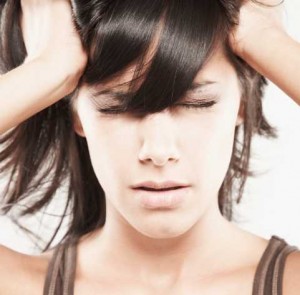 Let’s say you go to your doctor because of headaches. It is his/her job to figure out the cause of the headache. If you had neck tension that is severe, maybe a muscle relaxer helps. If you had migraine, maybe Imitrex helps. But what if the problem is bacterial meningitis? You can’t treat that with a muscle relaxer or migraine medicine; you need antibiotics instead. The point is that there is not ONLY ONE remedy for headache. Rather, there are many. And finding the right one will depend on getting the correct diagnosis.
Let’s say you go to your doctor because of headaches. It is his/her job to figure out the cause of the headache. If you had neck tension that is severe, maybe a muscle relaxer helps. If you had migraine, maybe Imitrex helps. But what if the problem is bacterial meningitis? You can’t treat that with a muscle relaxer or migraine medicine; you need antibiotics instead. The point is that there is not ONLY ONE remedy for headache. Rather, there are many. And finding the right one will depend on getting the correct diagnosis.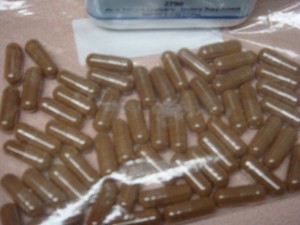 CAN HERBS REALLY BE EFFECTIVE?
CAN HERBS REALLY BE EFFECTIVE?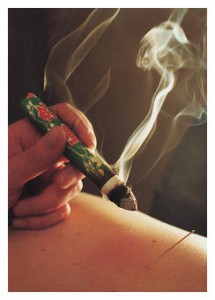
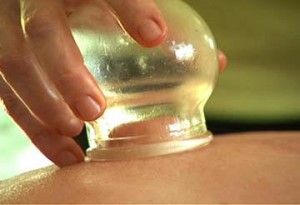 Cupping
Cupping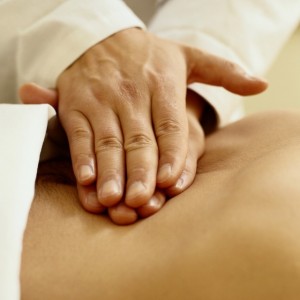
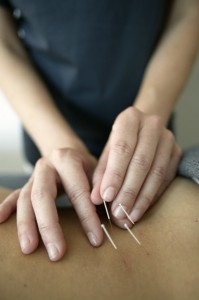
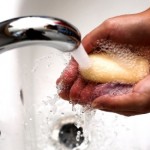 1. Frequent hand-washing (well highlighted in all official communications) .
1. Frequent hand-washing (well highlighted in all official communications) .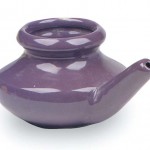 4. Similar to 3 above, *clean your nostrils at least once every day with warm salt water. *Not everybody may be good at Jala Neti or Sutra Neti (very good Yoga asanas to clean nasal cavities), but *blowing the nose hard once a day and swabbing both nostrils with cotton buds dipped in warm salt water is very effective in bringing down viral populations. *
4. Similar to 3 above, *clean your nostrils at least once every day with warm salt water. *Not everybody may be good at Jala Neti or Sutra Neti (very good Yoga asanas to clean nasal cavities), but *blowing the nose hard once a day and swabbing both nostrils with cotton buds dipped in warm salt water is very effective in bringing down viral populations. *